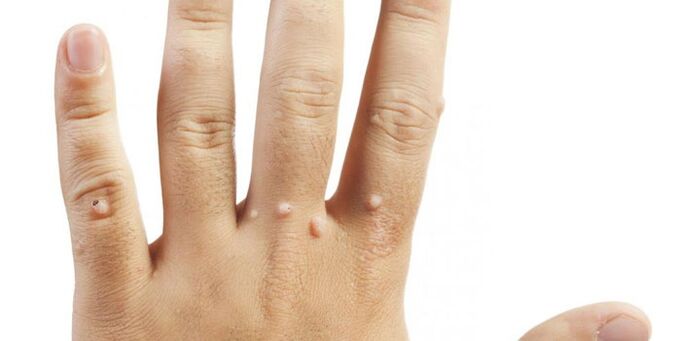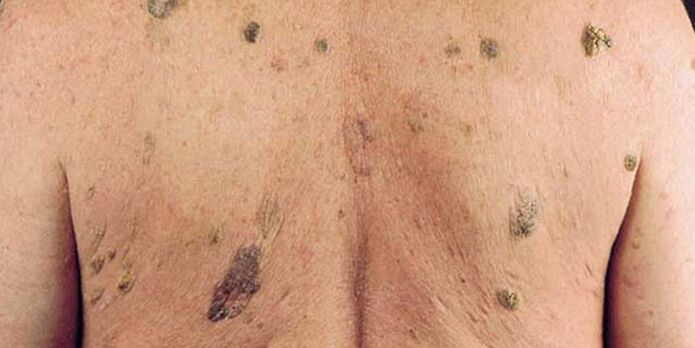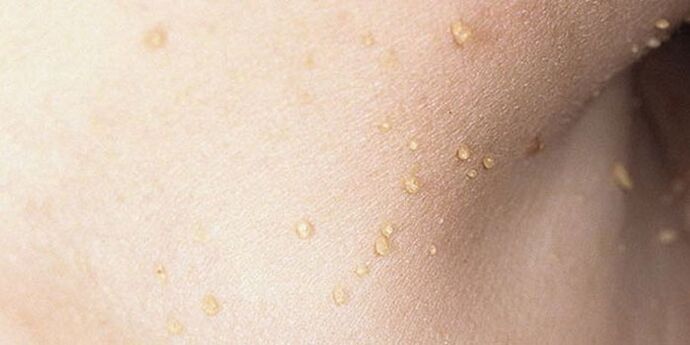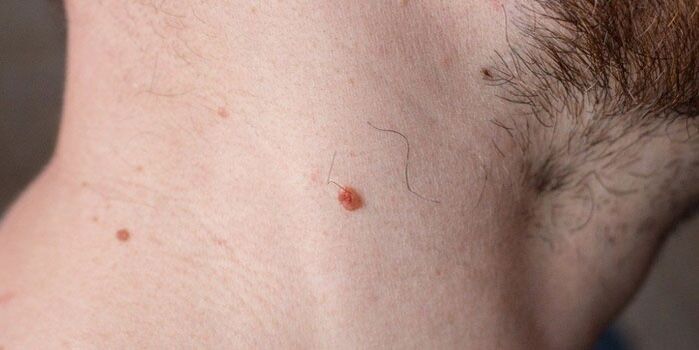If such growths appear on a person's skin, he asks the question, what kind of changes have occurred in the body and are they not dangerous? Read on for useful information about the characteristics of the different types of papillomas. This information will help you recognize the presence of such formations in order to treat them in time, if necessary.
types of papillomas
Why do these processes often appear on the skin with age? These changes in the skin are provoked briefly by the human papillomavirus, or HPV. Following infection with such a pathogen, the patient develops a papillomatosis disease, during which warts of various forms appear on the skin or mucous membranes. TheseThe growths are benign, but some types of papillomas have a high risk of being reborn as a malignant tumor. For this reason, if you notice such changes on your skin, you should definitely go to the doctor!
Medicine knows more than 40 varieties of papillomaviruses, which cause various forms of the disease in humans. The type of virus that enters the body depends on what the papilloma looks like, as the infection is spread on the body's integument at different times. Externally manifested by types of formations. According to the general classification, the following types of growth are distinguished.
- Simple, also called vulgar - a dark-colored keratinized growth.
- Plantar plantar - affects the soles of the feet.
- Acrochords are thread-like structures whose body rests on one leg.
- Flat formations or common warts - most often occur in adolescents in the area of the hands, fingers, face.
- Spiked - localized on the mucous membrane of the oral cavity, genitals or anus.
- Squamous cells - composed of squamous epithelium, which have developed due to the effects of viruses and the stroma (the base of connective tissue and blood vessels).
- Basal cells - develop from cells of the basal layer of the epidermis or from hair follicles.
- Internal - they do not arise in the region of the external visible parts of the body, but where they are difficult to notice, for example, in the larynx or bladder.

sharp
Such growths are often called warts. Their distinguishing features are small size and characteristic shape: a wide base and a sharp tip. These warts are flesh-colored or slightly pink in color and appear singly or in groups. They are distinguished by rapid growth: in a few days, where only one growth occurred, a whole group is formed of them. In shape, this family resembles cauliflower inflorescences. Genital warts are often located on the mucous membrane: In the mouth, on the tongue, as well as in the genital area or near the anus.
squamous
This form of skin growth caused by the HPV virus is one of the most common, as it can have a very wide localization throughout the body. What does this type of papilloma look like? These are flat forms of a round or oval shape, slightly protruding from the surface of the skin - no more than 1 mm, can be both softening and with signs of keratinization. Often they appear in groups, in color they are practicalnot significantly different from the surrounding cover.
Such growths occur mainly in the upper body: in the face (for example, on the nose or lips), neck. They often appear on mucous membranes: on the cheeks or tongue inside the mouth. Diagnosis of squamous cell tumorsCan be performed in the esophagus, larynx, as well as organs of the genitourinary system and even the rectum. People who have such structures are advised to treat them with a high risk of degeneration into a malignant form. Cause remove them.
basal cell
These growths are often called basaliomas or senile warts because they often affect the skin of older people. These formations grow slowly from the basal layer of the epidermis (hence the name) or from the hair follicles, forming pink, pink on the surface of the skin. appear as dark brown papillae. Therefore, they are considered safe.

What do papillomas look like in intimate places
When it comes to the formations in the genital area, nuchal formations are meant. These types of papillomas are overgrown cells of the upper layer of the epithelium, which look like clusters of small papillae. Such growths often affect both sexes. can affect equally. They are localized in the groin and directly on the surface of the genitals: in men - on the head of the penis or in the lumen of the urethra, in women - on the vaginal mucosa, on the surface of the cervix and in the uterus itself.
The manifestation of changes in the integument of the genital organs resulting from human infection with the HPV virus requires special attention to the patient. He needs to consult a doctor and remove the growths on the genitals, because in such a wayWith the transition of the disease to the chronic form, the risk of infertility and oncology increases greatly.
Photo: what does papilloma look like on the body
In order to accurately and clearly imagine for yourself what these formations are, it will be useful for you to look at the images of what such growths look like. Look at this selection of photos showing examples of different types of papillomas. With these photosCheck the growth of you or your loved ones, and you can determine in advance whether these warts are necessarily subject to removal, and can prevent serious risks to your health.
















































































